Central Oregon’s Wild Spaces Under Threat: Why Conservation Can’t Wait
Walk through Central Oregon and you'll witness sweeping views, wild meadows, and winding rivers—a natural beauty many take for granted. Yet, these landscapes are constantly vulnerable to development, invasive species, wildfire, and climate shifts. As populations grow, wild land shrinks, and with every acre lost, the delicate balance supporting native plants, animals, and local communities begins to erode. The urgency to protect these places is greater than ever, not only for those who hike or fish these lands, but for every resident who relies on healthy water, clean air, and vibrant ecosystems.
This is where the concept of a land trust becomes essential. The term might sound technical, but at its heart, it is about people coming together to care for the land and water that sustains them. With over 18,000 acres already protected and thousands of hours volunteer hours given, there is overwhelming proof that dedicated stewardship works. The key is understanding how such ongoing efforts shape the landscape, sustain local wildlife, and help communities thrive. Peeling back the layers of how a land trust operates, and why these actions matter, reveals a story of hope, shared responsibility, and long-term vision. Everyone living in or visiting Central Oregon has a stake in what happens next—and the consequences of inaction could impact generations. That’s why understanding the role and impact of the Deschutes Land Trust is not just relevant—it’s critical.
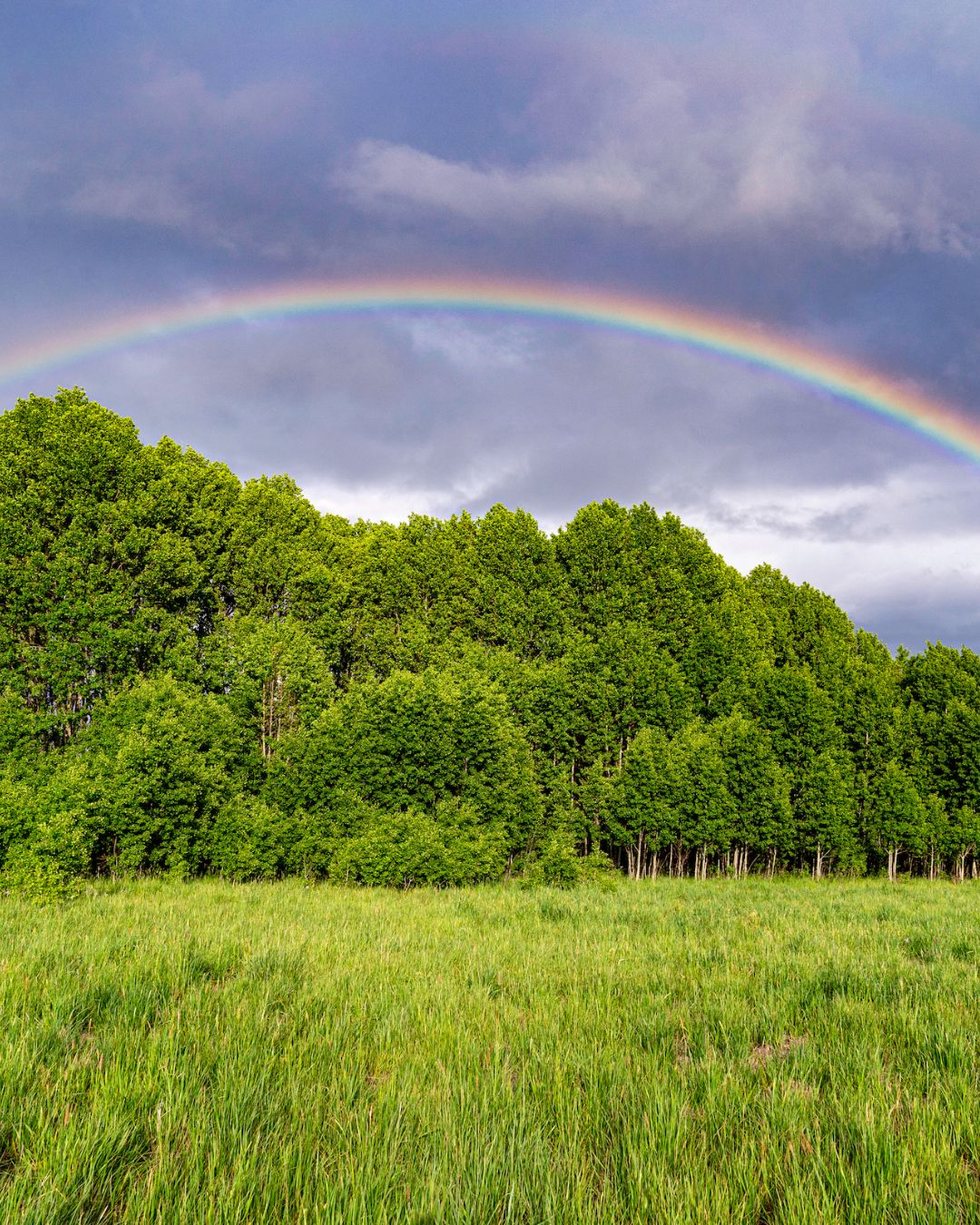
Protecting Lands, Waters, and Communities: What a Land Trust Really Does
The idea of a land trust is both profound and practical, serving as a bridge between conservation passion and concrete action. At its core, a land trust is a nonprofit organization dedicated to securing and caring for land and water for the long-term benefit of nature and people. The Deschutes Land Trust is distinguished by its mission: conserving and stewarding the lands and water of Central Oregon so both the local environment and communities can prosper together. In an era when wild places face mounting threats, these organizations step in to fill a vital niche—caring for the connections between land, water, and the well-being of everyone who depends on them.
A land trust’s activities go beyond simple land acquisition. They include restoring critical habitats like Whychus Creek to their natural condition, controlling invasive species, educating the public about geology and history, and building deep, personal bonds between people and the lands surrounding them. These efforts have significant outcomes. When rivers are restored, salmon find spawning grounds; when invasive weeds are cleared, native wildflowers and bees rebound; and when people learn to appreciate local geology or participate in stewardship, a culture of conservation flourishes. Ignoring these efforts means risking the slow unraveling of ecosystems that have sustained local residents for generations. Without active involvement and forward-thinking preservation, future summer walks or peaceful streams could become mere memories.
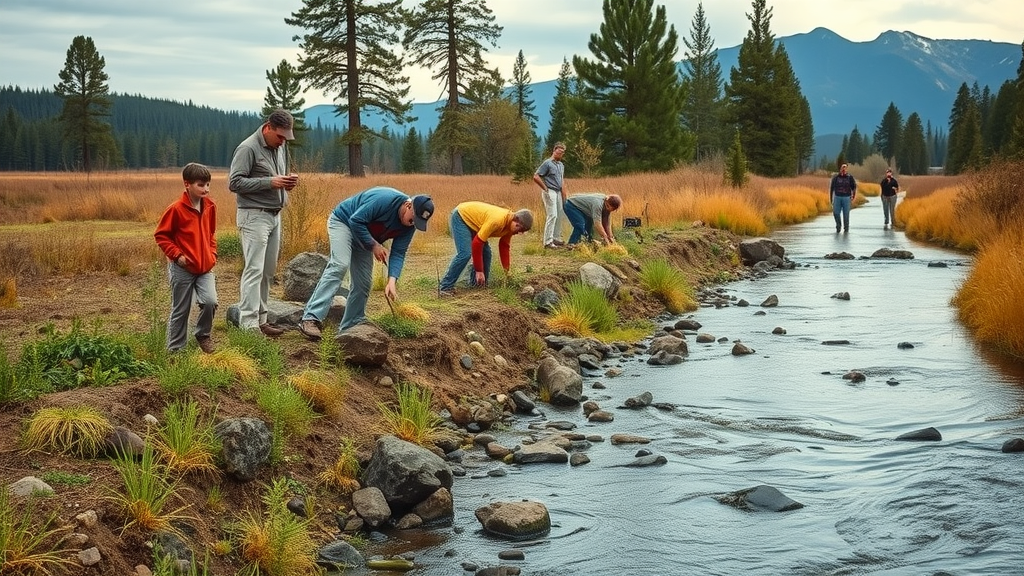
The Lasting Rewards of Land Stewardship in Central Oregon
Drawing from the Deschutes Land Trust’s ethos of collaboration and care, it becomes clear how local conservation elevates the entire region. By focusing on the protection and restoration of lands and waterways, the Trust delivers a wide spectrum of real benefits: healthy wildlife habitats, resilient water resources, more opportunities for outdoor education, and landscapes that local families can enjoy for generations. For some, this might look like hiking through Whychus Canyon Preserve and spotting signs of beaver or native birds. For others, it’s taking part in educational outings, like Nature Kids family walks, that open eyes to the intricate web of history, geology, and biology woven throughout Central Oregon.
One of the most impactful elements of land stewardship is its ripple effect—people become inspired to volunteer, support native pollinators by planting milkweed, or join community events like Weed Warriors to control invasive species. These aren’t just feel-good activities: They create healthier ecosystems, make local water cleaner, and contribute to community resilience. Every citizen benefits—even those who never set foot on a preserve—because clean air, stabilized soil, and reliable water supplies are the invisible backbone of thriving towns and cities. In this way, the work of the Deschutes Land Trust acts as a safeguard for the Central Oregon way of life.
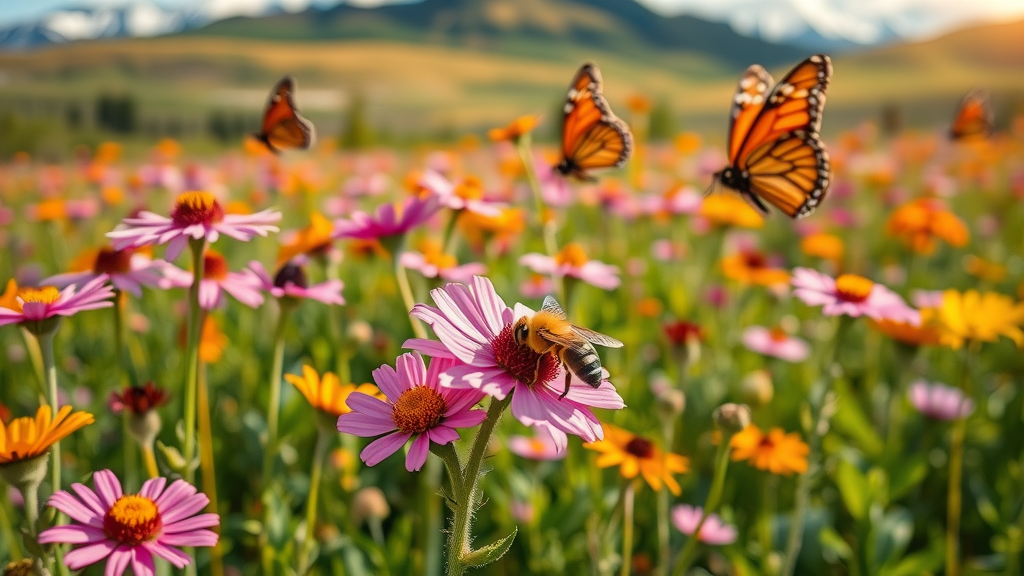
From Wildfire Recovery to Monarch Rescue: Real Ways Conservation Shapes the Landscape
Protecting nature isn’t just about drawing boundaries around scenic land; it’s continuous work, often responding in real time to crises and new discoveries. When wildfires, like the Cram Fire, impact protected places such as Priday Ranch, restoration becomes a multi-year project: replanting native grasses, improving soil health, and monitoring wildlife recovery. The ability to rapidly pivot and address these acute challenges is driven by deep experience and the collective effort of staff and volunteers dedicating more than 125,000 hours to hands-on stewardship.
The Trust’s community-driven campaigns—such as planting milkweed to support monarch butterflies—offer another window into direct ecological impact. Monarchs, like many pollinators, are essential for healthy, productive ecosystems but their populations are in peril. Community science and outreach help bridge the gap between immediate habitat needs and long-term species survival. Each new project reflects a rapidly evolving relationship with Central Oregon’s landscape, rooted in science but powered by people. By cultivating a culture of restoration, education, and quick response, the area becomes more resilient to the pressures of a changing environment.
How Community Engagement Fuels Conservation Success
Behind every thriving preserved meadow or healthy creek lies a community rallying around a shared mission. The Deschutes Land Trust cultivates a sense of shared ownership through public events, educational hikes, and hands-on stewardship days. Whether battling invasive weeds at Rimrock Ranch or learning about native bees at Camp Polk Meadow, individuals of all ages are invited to join and become stewards themselves.
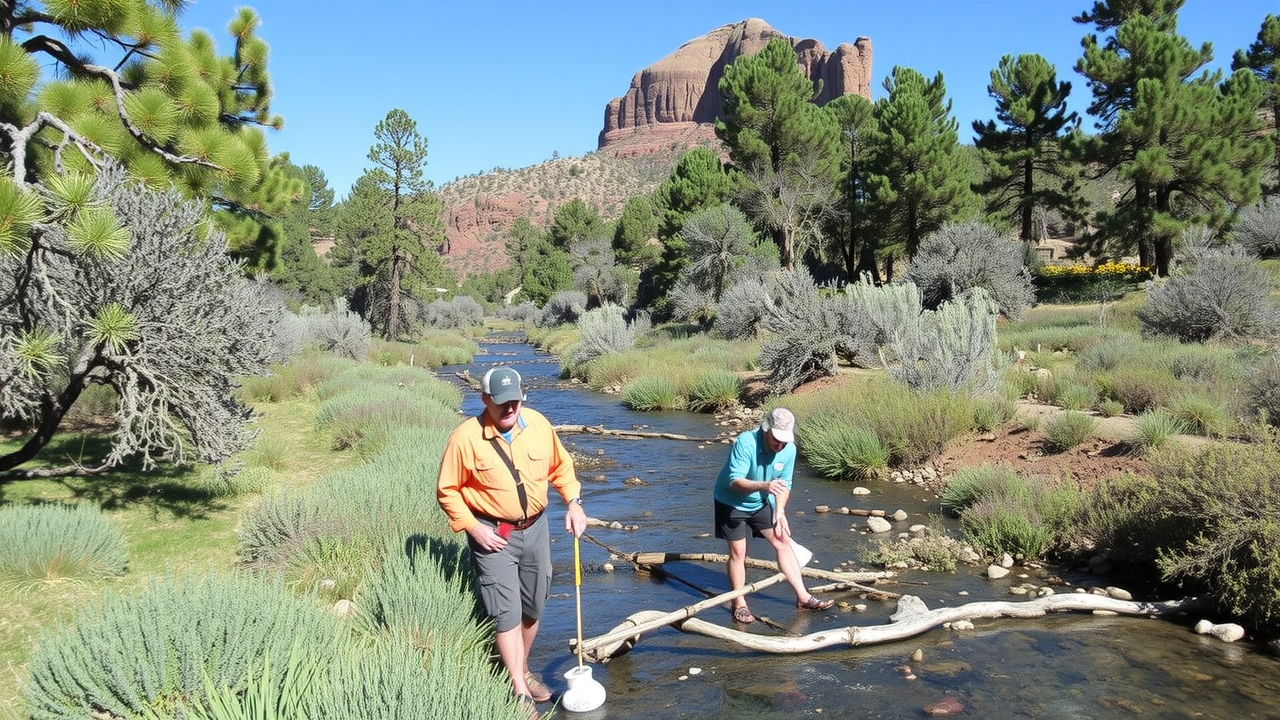
This model empowers residents and visitors to play an active role in shaping the area’s ecological future, creating an ever-growing network of advocates for conservation. These connections are particularly important in areas that have rapidly urbanized or face unique environmental pressures. Community involvement doesn’t just help maintain preserves; it inspires lifelong bonds with nature and new generations committed to conservation.
Education, Events, and the Power of Connecting People to Nature
Education is the cornerstone of lasting environmental protection. Guided walks, such as the Nature Kids teddy bear picnic and native bee walks, make natural history accessible to families, school groups, and curious adults alike. These outings go beyond simple recreation: They help instill an understanding of what makes Central Oregon unique, the challenges it faces, and how individual actions—no matter how small—can contribute to a healthier local environment.
Regular community gatherings also build resilience. When hundreds participate in weed pulls or restoration projects, the results are tangible: healthier wildflower blooms, restored habitat, and reduced risk from invasive species. The Trust’s model demonstrates that conservation is not a solitary act but a social movement, weaving together volunteers, donors, educators, and citizens who want their stories—and the story of Central Oregon’s wild landscapes—to continue.
Deschutes Land Trust’s Model for Land and Community Care
How does a conservation group sustain its impact year after year? For the Deschutes Land Trust, the answer is a combination of science-based strategies, community partnerships, and a fierce commitment to future generations. Their approach goes beyond simply “owning” land; it emphasizes active restoration, robust public education, and the cultivation of volunteerism at every level. The organization’s philosophy is rooted in the belief that when people and nature flourish together, both are stronger for it.
This patient, long-term vision is evident in every acre protected, from the preserved trails of Whychus Canyon to the carefully managed banks of local creeks. It’s seen in the 12,600 people connected to the land through outings and volunteer days, and the 125,805 hours logged by supporters and community members. Above all, the Trust’s model is inclusive—inviting anyone with curiosity or concern for Central Oregon’s future to take part, learn, and share in the rewards of collaboratively cared-for landscapes.
What Locals Say: Conservation in Action, in Their Own Words
The truest measure of impact often comes from those who have experienced it firsthand. When individuals participate in educational hikes or restoration efforts, their experiences become stories that ripple outward, inspiring others and validating the profound changes that stewardship can bring. One reviewer, Anne Knight, offered her reflections on what makes a land trust meaningful to everyday people and why its work matters now more than ever:
The land trust is a well run non-profit dedicated to educating folks about the history, geology and land use in the county. Their main focus is restoring the Whychus Creek to its natural state; however, they also offer wonderful hikes and adventures to explore Whychus Creek and beyond.
Stories like this highlight not only the transformation of landscapes, but also the transformation of understanding that occurs when people engage with the Trust. They show the benefits of conservation—restored waterways, engaging education, and adventure—that ripple out across generations. For anyone contemplating involvement or support, these first-person accounts are testimony to the rewards and real-world impact of joining in the mission to protect and heal Central Oregon’s lands and waters.
What Land Trust Conservation Means for Central Oregon’s Future
Looking ahead, organizations like Deschutes Land Trust set the standard for intentional, community-driven conservation. Their ability to blend restoration, education, and grassroots involvement offers a roadmap for any region striving to balance growth and nature. By continuing to protect and heal Central Oregon’s wild places—through both land stewardship and public programs—the future remains hopeful for both people and wildlife.
The mission of Deschutes Land Trust—to care for the lands and waters that sustain Central Oregonians—stands as a guiding light for regional preservation. With over 18,000 acres already protected and an ever-growing network of volunteers and partners, the value of strong, dedicated land trust work is clear. After all, a healthier future for Central Oregon depends on how we choose to safeguard the landscapes that make this region home.
Contact the Experts at Deschutes Land Trust
If you’d like to learn more about how land trust conservation could benefit your community and environment, contact the team at Deschutes Land Trust.
📍 Address: 210 NW Irving Ave STE 102, Bend, OR 97701, USA
📞 Phone: +1 541-330-0017
🌐 Website: https://www.deschuteslandtrust.org/
Deschutes Land Trust Location and Hours
🕒 Hours of Operation:
📅 Monday: 8:30 AM – 5:00 PM
📅 Tuesday: 8:30 AM – 5:00 PM
📅 Wednesday: 8:30 AM – 5:00 PM
📅 Thursday: 8:30 AM – 5:00 PM
📅 Friday: 8:30 AM – 5:00 PM
📅 Saturday: ❌ Closed
📅 Sunday: ❌ Closed
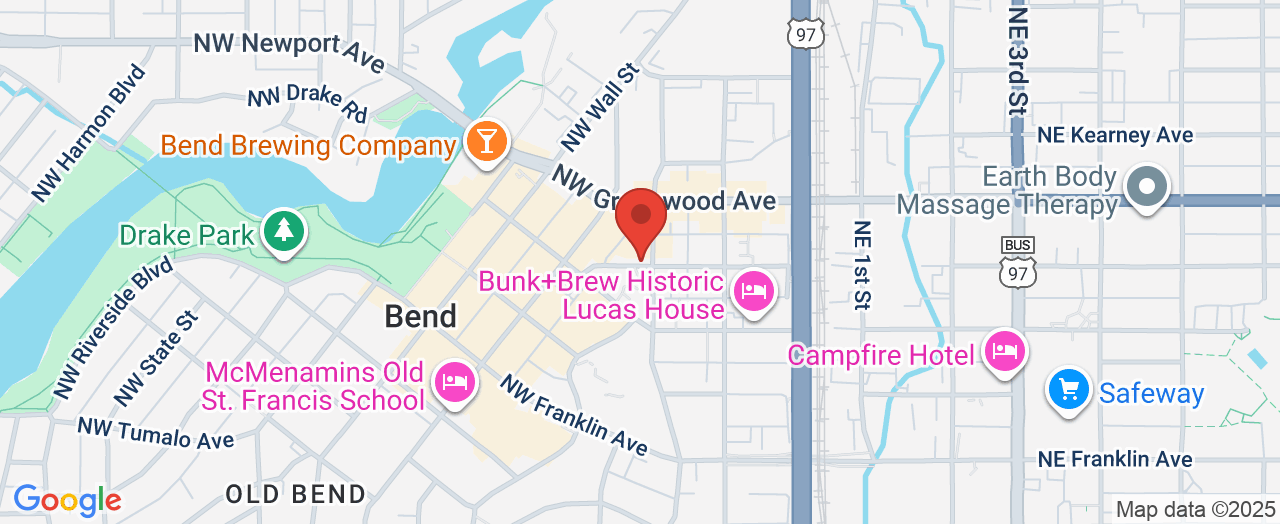
 Add Row
Add Row  Add
Add 

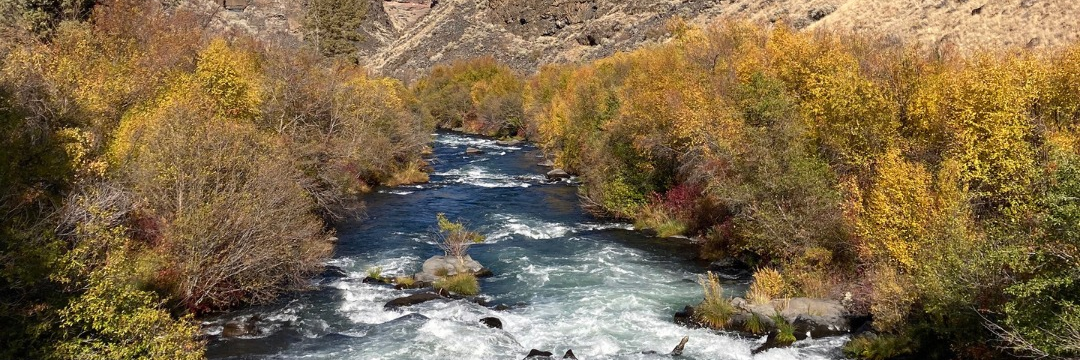

Write A Comment